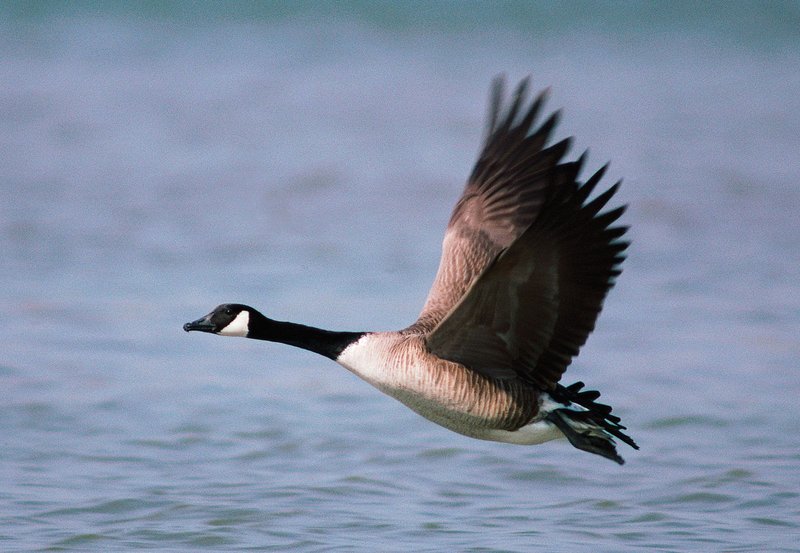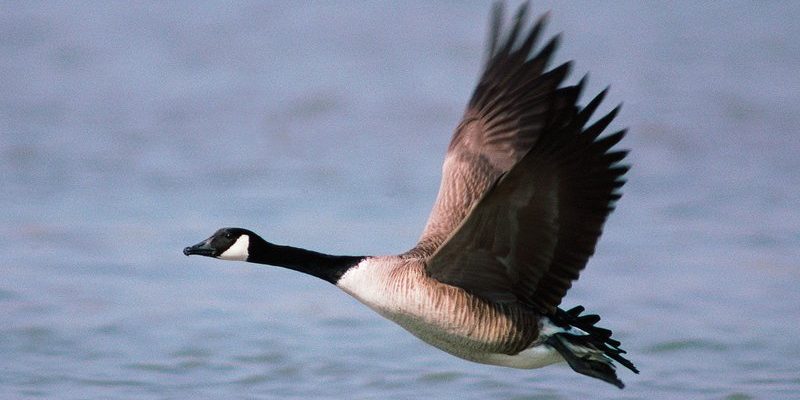
You might be wondering how these birds manage to migrate thousands of miles or what keeps them safe from predators. Let me explain a bit about the incredible ways geese adapt, ensuring they not only survive but thrive wherever they are. From their remarkable social structures to their clever feeding habits, there’s a lot to unpack here.
Physical Adaptations: Nature’s Design
Geese have some unique physical features that help them adapt to their environment. For starters, their feathers are designed for insulation. During colder months, a layer of down feathers traps heat, keeping them warm as they navigate frosty conditions. Think of their feathers like a cozy down jacket; without that warmth, they’d struggle to survive in harsh climates.
Another impressive feature is their webbed feet. This adaptation makes them superb swimmers. When they land on water, their feet act like paddles, allowing them to glide effortlessly. You’d notice this if you’ve ever seen them foraging in ponds or lakes. Their strong legs are built for both swimming and walking, making them incredibly versatile in different terrains.
The shape of a goose’s body also plays a role. Their streamlined form helps them fly efficiently, allowing them to travel long distances without exhausting themselves. When you see them flying, they almost look like they’re gliding through the air, don’t they? This ability not only aids in long migrations but also helps them evade predators.
Behavioral Adaptations: Learning and Social Structures
Here’s the thing: geese are not just about physical traits; their behavior is equally crucial for adapting to their environment. They’re social creatures, often traveling in flocks. Being in a group provides safety in numbers, which is vital when it comes to evading predators. When you observe a flock, you might notice how they communicate with each other. They honk and call to keep the group coherent, especially during migration.
Geese also exhibit strong parental care. After hatching, goslings stay close to their parents, who lead them to water and teach them how to feed. This nurturing behavior ensures that the young ones learn quickly, increasing their chances of survival. It’s a beautiful example of how cooperation within the species enhances adaptability.
Another interesting aspect is their migratory patterns. Geese are known for flying long distances to find food and better living conditions. They instinctively know when to migrate, often relying on changes in daylight and temperature. Imagine having an internal compass guiding you through changing seasons—it’s quite a handy feature!
Feeding Habits: Making the Most of Resources
Geese are opportunistic feeders, which means they adapt their diets based on what’s available in their environment. In spring and summer, they munch on grasses, seeds, and grains. During fall, they often seek out agricultural fields to feast on leftover crops. This flexibility in diet allows them to thrive in different habitats, making them less vulnerable to food shortages.
Interestingly, geese have strong digestive systems that allow them to extract nutrients from tough plant materials. They often graze in pastures or wetlands, making the most of whatever’s available. Think of their feeding behavior like a buffet; they sample everything and adapt their preferences based on what they like and what works.
In urban areas, geese have also learned to adapt their feeding habits by scavenging near parks and lakes. You might see them boldly approaching picnickers or rummaging through trash. It’s a perfect example of how adaptability helps them thrive, even in less natural settings.
Habitat Choices: Finding the Right Home
When it comes to habitat, geese prefer areas that offer both water and land. Wetlands, riversides, and coastal regions are often their homes. However, they can also adapt to urban settings, as mentioned before. If you live near a city with a park or lake, chances are you’ve spotted a flock of geese making themselves comfortable there.
Different species of geese might prefer different habitats. For instance, Canada geese are commonly found in North America and often choose lakes, while European greylag geese prefer ponds and marshes. Their choice of habitat plays a significant role in their overall adaptability. By finding the right environment, they ensure they have access to food, safety, and breeding grounds.
Over time, geese have even shifted their habitats due to human activity. As wetlands are drained for development, some have taken to settling in urban areas where they can find food and shelter. It’s a testament to their resilience and ability to adapt to changing circumstances.
Migration: An Incredible Journey
Migration is one of the most remarkable adaptations of geese. Each year, they travel thousands of miles between breeding and wintering grounds. This journey is vital for their survival, ensuring they have access to food and suitable temperatures throughout the year. Imagine packing your bags and heading out on a long road trip every year—geese do just that!
During migration, geese often fly in a V-formation. This formation is not just for show; it helps with energy conservation. The lead bird breaks the wind, creating an updraft that the others can use to glide more easily. They take turns leading to avoid fatigue. It’s like a well-coordinated team effort, showcasing their instinctual understanding of cooperation.
Interestingly, geese have been known to return to the same nesting sites each year, often choosing locations with plenty of food and safety from predators. It’s a great example of their strong home instincts and adaptability to specific environments.
Conservation and Challenges: Adapting to Change
Like many creatures, geese face threats from habitat loss, climate change, and hunting. As wetlands disappear and urban areas expand, their ability to adapt is put to the test. Conservation efforts play a crucial role in helping them withstand these changes. Organizations work hard to protect their natural habitats and promote sustainable practices.
Climate change also creates challenges for migration patterns. Changes in temperature and food availability can disrupt their traditional migration routes. However, geese have shown a remarkable ability to adjust to these shifts, sometimes altering their migratory patterns to find new, suitable locations.
As we see these changes unfold, it’s essential to recognize the resilience of geese. Their ability to adapt not only helps their survival but also serves as a reminder of the interconnectedness of our ecosystems. Every species plays a role, and understanding these dynamics can inspire us to support conservation efforts and protect these remarkable birds.
In conclusion, geese are incredible creatures with a strong set of adaptations that allow them to thrive in various environments. From their physical traits to their social behaviors, each aspect plays a vital role in their survival. So next time you see a flock of geese flying overhead or waddling by a pond, take a moment to appreciate the remarkable ways they’ve adapted to their world. They’re not just birds; they’re survivors, thriving against the odds and teaching us a thing or two about resilience.

